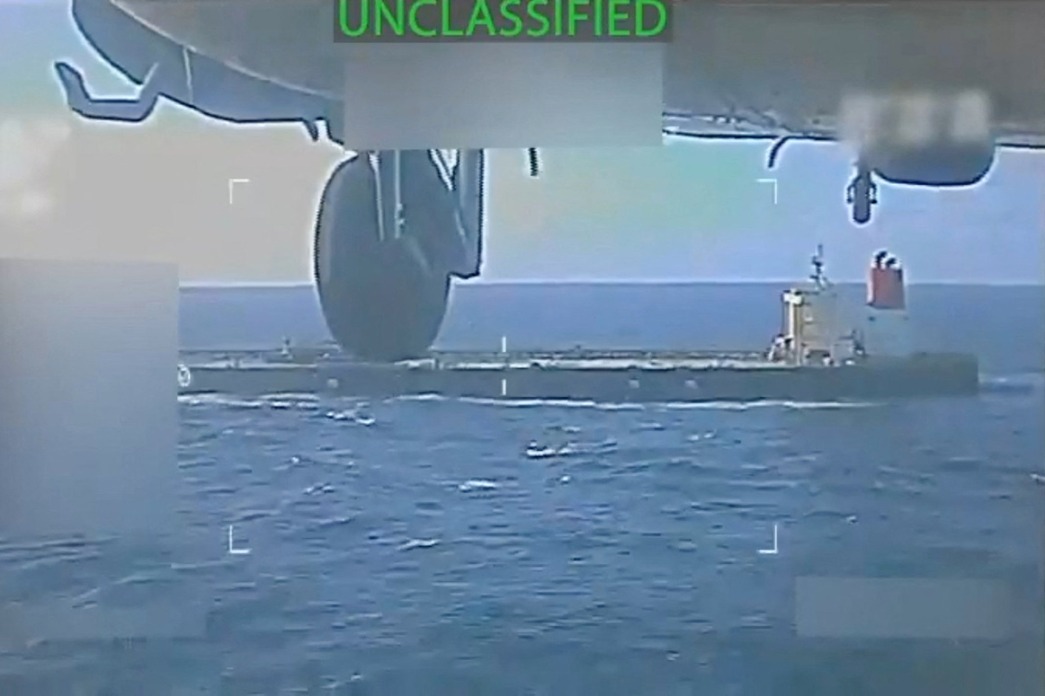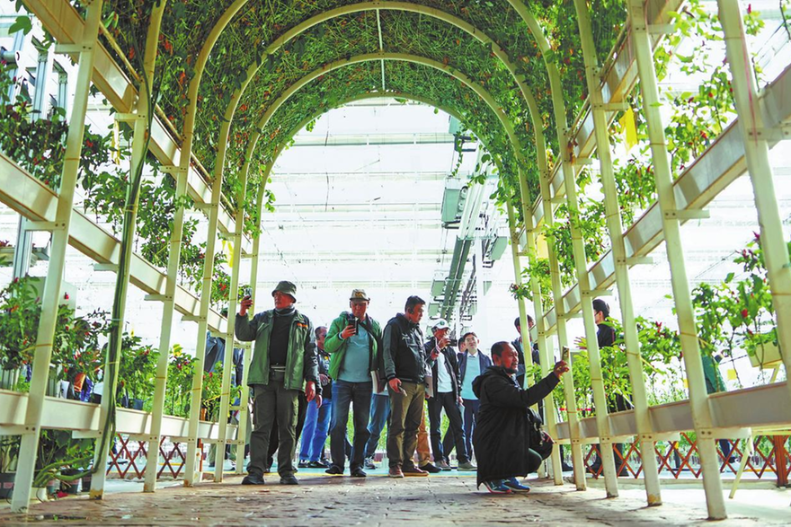SpaceX launches satellites for NASA, Iridium in 'rideshare' mission


A total of eight Iridium NEXT launches are planned with SpaceX, which will deliver 75 new satellites to orbit. In total, 81 satellites are being built, with 66 in the operational constellation, nine serving as on-orbit spares and six as ground spares.
Last year, Iridium and the GFZ, who are responsible for arranging GRACE's ride to orbit, agreed to share a launch on SpaceX's Falcon 9 rocket, splitting the costs while allowing the GRACE mission to continue and Iridium to get further satellites into orbit.
"In 2016, there was a commercial launch that actually put government rideshare on it, so we are seeing more options that commercial satellites can put government rideshare on it," Carrie O'Quinn, Senior Project Engineer at the Aerospace Corporation, told Xinhua.
"I would like to see more of it, just because I'd like to see the total launch cost to go down...you know...get us to space as fast as we can," she said.
Falcon 9's first stage for the Iridium-6/GRACE-FO mission previously launched the US Air Force's classified Zuma mission in January. That mission was lost, but SpaceX was not to blame for the mishap.
Although the rocket stuck a flawless landing on its last mission, the California-based company does not plan to attempt to recover Falcon 9' s first stage after launch.
However, SpaceX did attempt to recover the valuable payload fairing, or nose cone, that covered the GRACE-FO and Iridium satellites during launch.
At least one of the fairing halves was expected to glide back to Earth under a parafoil and be caught by Mr. Steven, a recovery boat equipped with a huge net suspended between giant metal arms.
"We came very close. We're going to keep working on that," John Insprucker, a principal integration engineer at SpaceX, said during a live webcast of Tuesday's mission.
































